who can help me , i am looking for information about this Pistol, it says PISTOL 710 B T SPEX 16-08-41 AND 03-09-41
Any information is welcome, i believe its one of the first VT fuzes for the 3 inch Rocket.
Regards
Ben
Any information is welcome, i believe its one of the first VT fuzes for the 3 inch Rocket.
Regards
Ben
Attachments
-
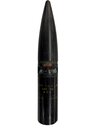 Photoroom_000_20251110_130828.JPEG259.8 KB · Views: 21
Photoroom_000_20251110_130828.JPEG259.8 KB · Views: 21 -
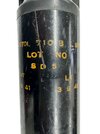 Photoroom_001_20251110_130828.JPEG212 KB · Views: 21
Photoroom_001_20251110_130828.JPEG212 KB · Views: 21 -
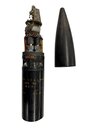 Photoroom_002_20251110_130828.JPEG361.8 KB · Views: 21
Photoroom_002_20251110_130828.JPEG361.8 KB · Views: 21 -
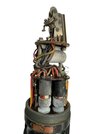 Photoroom_003_20251110_130828.JPEG212 KB · Views: 21
Photoroom_003_20251110_130828.JPEG212 KB · Views: 21 -
 Photoroom_004_20251110_130828.JPEG212 KB · Views: 21
Photoroom_004_20251110_130828.JPEG212 KB · Views: 21 -
 Photoroom_005_20251110_130828.JPEG212 KB · Views: 21
Photoroom_005_20251110_130828.JPEG212 KB · Views: 21 -
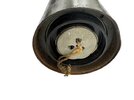 Photoroom_006_20251110_130828.JPEG212 KB · Views: 20
Photoroom_006_20251110_130828.JPEG212 KB · Views: 20

